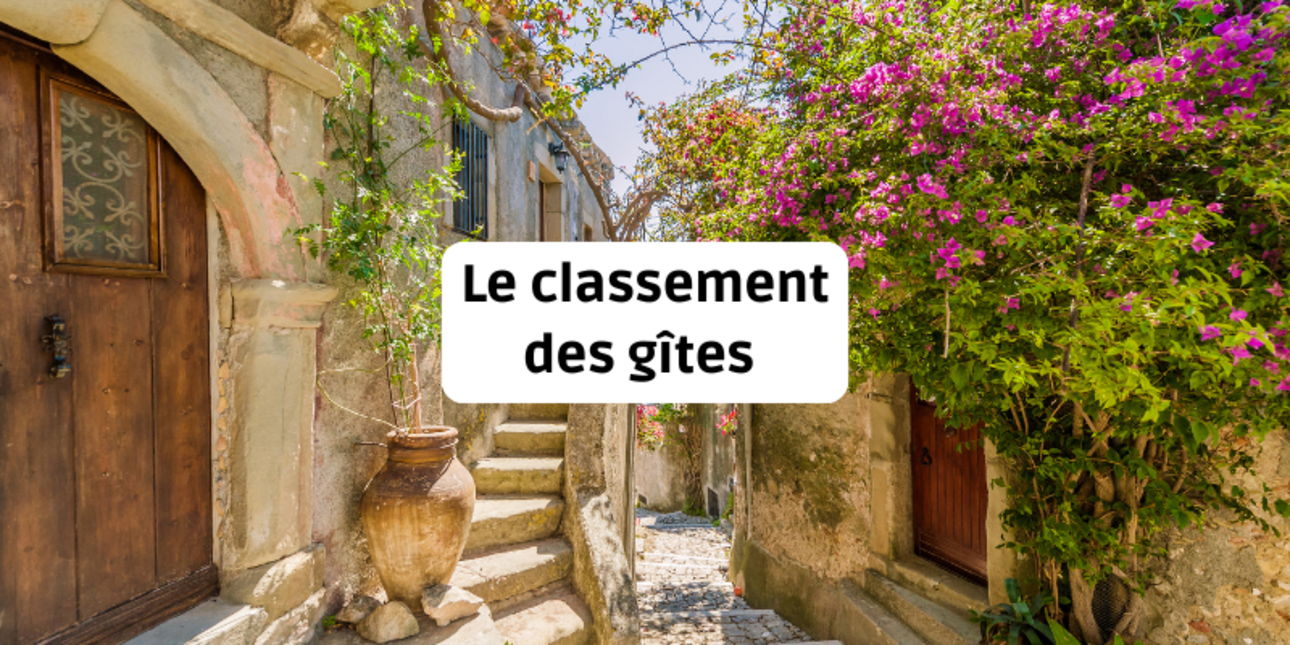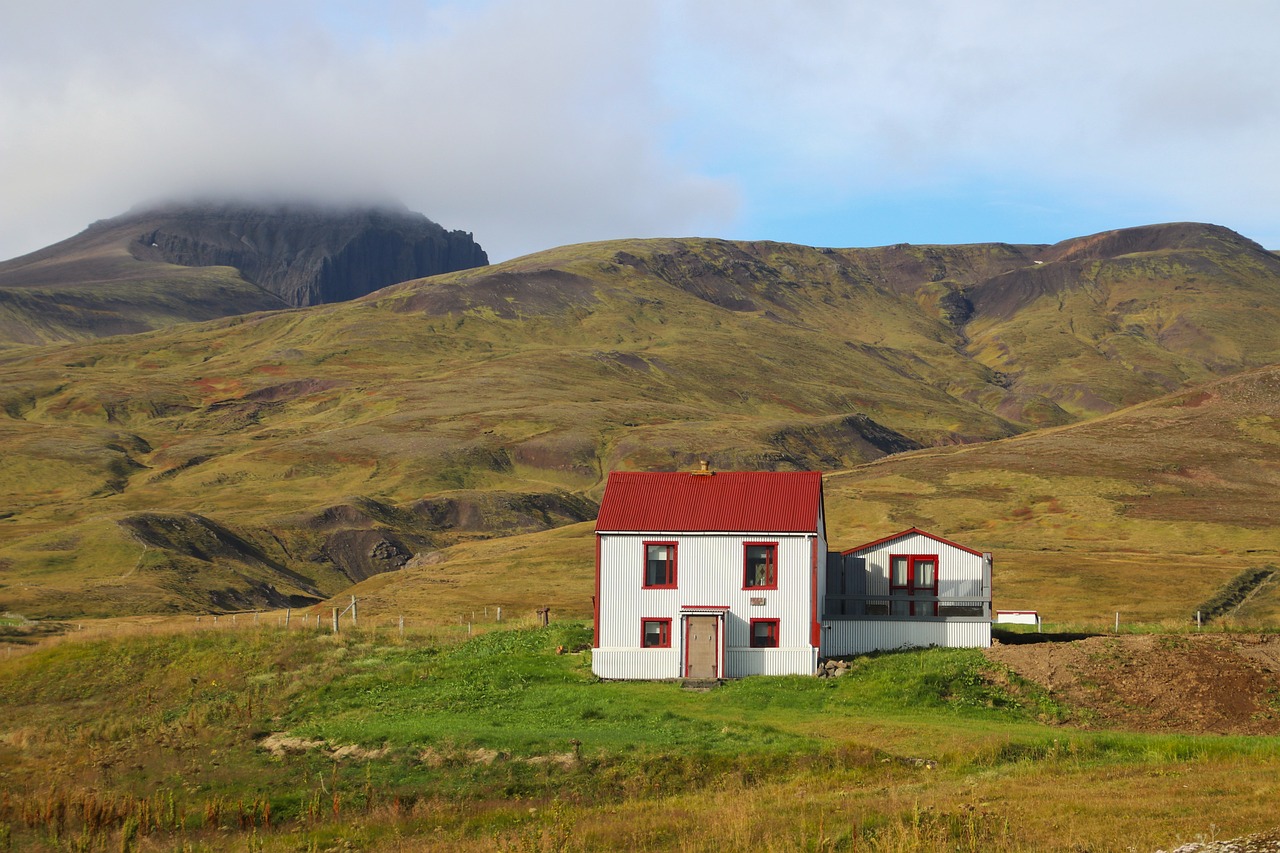
The gîte, this form of tourist accommodation is subject to a rigorous classification system designed to guarantee the quality and comfort of your stay. Whether you're an owner or a future owner of a gîte, understanding this system is essential to making the right choices.
In this article, we take a closer look at the classification of gîtes, its criteria, and its implications for all those involved in rural tourism.
The official classification of furnished tourist accommodation, of which gîtes are a part, is a voluntary national system that awards 1 to 5 stars to accommodation. This classification is valid for a period of 5 years, after which the owner must make a new application if he wishes to retain his status. This classification is a real asset for owners who want to stand out from the crowd.
The evaluation criteria for this ranking are divided into three main categories:
A total of 133 criteria are taken into account to determine the number of stars awarded to a gîte. These criteria may include items such as the presence of a fridge, oven, microwave, table and chairs, as well as other household appliances such as a pressure cooker, kettle, mixer or ironing board.
Alongside the official classification, the Gîtes de France label offers its own system of classification into "épis" (ears of corn), ranging from 1 to 5. This classification is based on precise comfort standards and compliance with a national charter. Each chapter of the charter details the specific requirements for each classification level.
Whatever the number of stars or "épis", certain criteria are essential for all gîtes:
The requirements increase with the number of stars or "épis".
The classification system also takes into account the type of accommodation, whether it is insolite, traditional, or modern, to better classify each option.
For example, a top-of-the-range gîte may include extra facilities such as a dishwasher, freezer, games room, tumble dryer or even broadband internet access.
There are many advantages to having your gîte classified:
If you are classified as a furnished tourist accommodation operator, you will benefit from an advantageous tax allowance, with an increase in the tax allowance under the micro BIC scheme.
This tax allowance can be as high as 50%, with a threshold of €77,700 in revenue.
A listed house benefits from greater visibility, particularly on the communication media of certain tourist offices. This official recognition can be a powerful argument in attracting travellers.
Classification offers a guarantee of quality to potential customers, both nationally and internationally. It is a guarantee of seriousness and professionalism that can reassure travellers in their choice of accommodation.
To obtain a classification, an accredited body must carry out an inspection and issue an official document confirming the classification.
For travellers, the rental classification system offers a number of advantages:
The number of stars or "épis" gives travellers a quick idea of the level of comfort and services offered by a gîte. It's an invaluable tool for choosing accommodation that matches your expectations and budget.
Classification guarantees travellers a certain level of quality, validated by independent bodies. This reduces the risk of unpleasant surprises on arrival at the gîte. Well-rated gîtes are more likely to have modern facilities and maintain a high standard of cleaning products. In addition, these gîtes may offer a large outdoor space or a private car parking area, an added bonus for families.
Whether you're looking for simple accommodation for a budget break or a luxury gîte for a special occasion, the grading system means that everyone can find the right accommodation. Well-located self-catering cottages can be particularly attractive to those looking for something different.
The classification of rental accommodation is much more than just an evaluation system. It is an invaluable tool that structures and enhances the tourist accommodation on offer in France.
For owners, it's an opportunity to stand out from the crowd and benefit from tangible advantages. For travellers, it's the assurance of finding accommodation that meets their expectations.
Ultimately, this system contributes to the continuous improvement of the quality of tourist accommodation in France, making the destination even more attractive.
Whether you're a house-hirer, an agent, or a group of friends looking for a place to stay, the rankings help you make an informed choice for a successful holiday.
1. How do I sell a gîte?
2. Where to buy a gîte
3. How much does a night in a gîte cost?
4. How profitable is a gîte?
5. Buying a gîte or creating a gîte: which should you choose?
6. What are the formalities for opening a gîte?
7. The different types of gîtes
8. Taxation of gîtes
9. Gîte labels: a guarantee of quality for your rural accommodation
10. Running a gîte as a business
11. How to communicate effectively for a gîte
12. How to choose the best platform for your gîte
13. What criteria should I take into account when buying a gîte?
14. Furnishing and decorating a gîte
15. What is the ideal number of bedrooms for a gîte?
16. The advantages of a large plot for your gîte
17. What are the essential features of a self-catering cottage?
18. Should a swimming pool be installed for a gîte?
19. What price should I pay for a gîte?